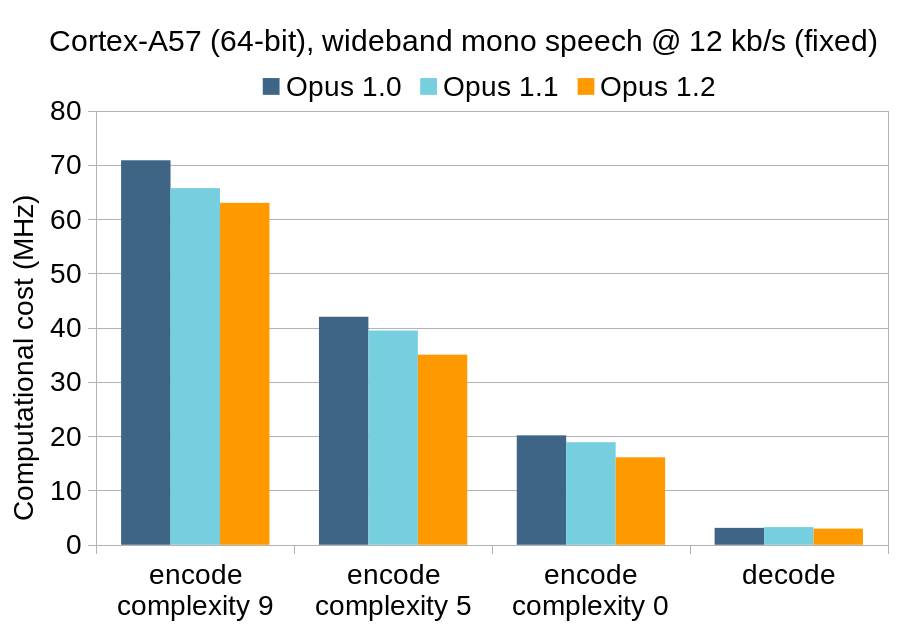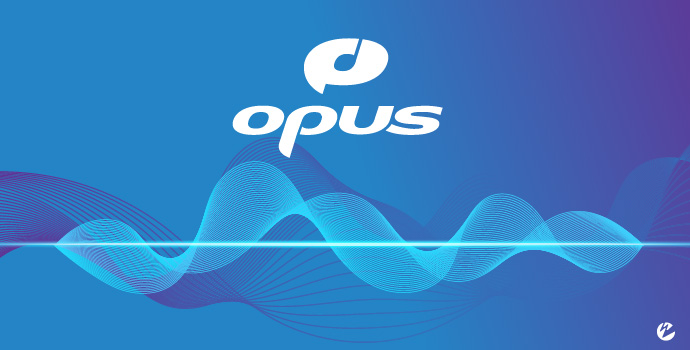

You don't have to cook a DVD or CD in boiling water (kids, don't try this at home), but all home-theater receivers do an analogous rehydration process. Then, the end user just adds water and heats it to a boil (decoding) and voilà … instant mashed potatoes. After the water is removed (encoded), the powder is compact to store and transport. (The entire encode-decode cycle is often referred to as a codec, which is a contraction of enCOde and DECode.) Think of encoded data as being like instant mashed potatoes. Then, on the playback end, the file is decoded back into its original six channels before being sent to the speakers. DTS offers 5.1 and 6.1 formats, whereas Dolby Digital can be implemented in any format from mono to 5.1.īoth systems encode the six channels of a discrete surround mix into a single data file that can be transmitted through a standard AES/EBU or S/PDIF interface.

Two types of 5.1 encoding are often used: Dolby Digital and DTS from Digital Theater Systems. In general, that requires the data to be compressed (reduced in size). To easily distribute 5.1-channel recordings, you must encode them into a format that can be stored on common media, such as CDs and DVDs, and transmitted over common digital-audio interfaces, such as S/PDIF. This article describes the final part of the surround-production process. The process is not really that complicated, and it's thrilling to hear something you mixed in surround play back properly on a home system. You need to encode your six discrete tracks into a format that will play on a consumer home-theater system. Now, how do you get anyone else to hear your surround opus? You can't play a DA-88 tape on a consumer system, and dragging a multitrack deck around isn't practical. (See Introduction to Surround Sound and Setting Up Your Studio for Surround Sound). So you've bitten the proverbial bullet and installed a mixer or workstation software application with surround panners, set up a 5.1 monitoring system, and actually recorded some surround music mixes on a Tascam DA-88 or ADAT.


 0 kommentar(er)
0 kommentar(er)
